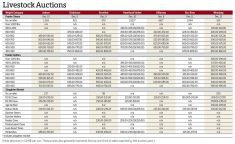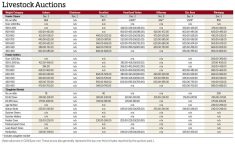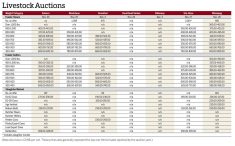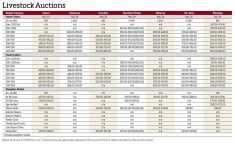For the week ending Feb. 22, Western Canadian feeder cattle markets traded steady to $5 higher on average compared to seven days earlier.
The market has recovered after the recent stretch of adverse weather and the U.S. tariff threat in early February.
Alberta packers were buying fed cattle at $276 per hundredweight delivered, unchanged from the previous week
Read Also
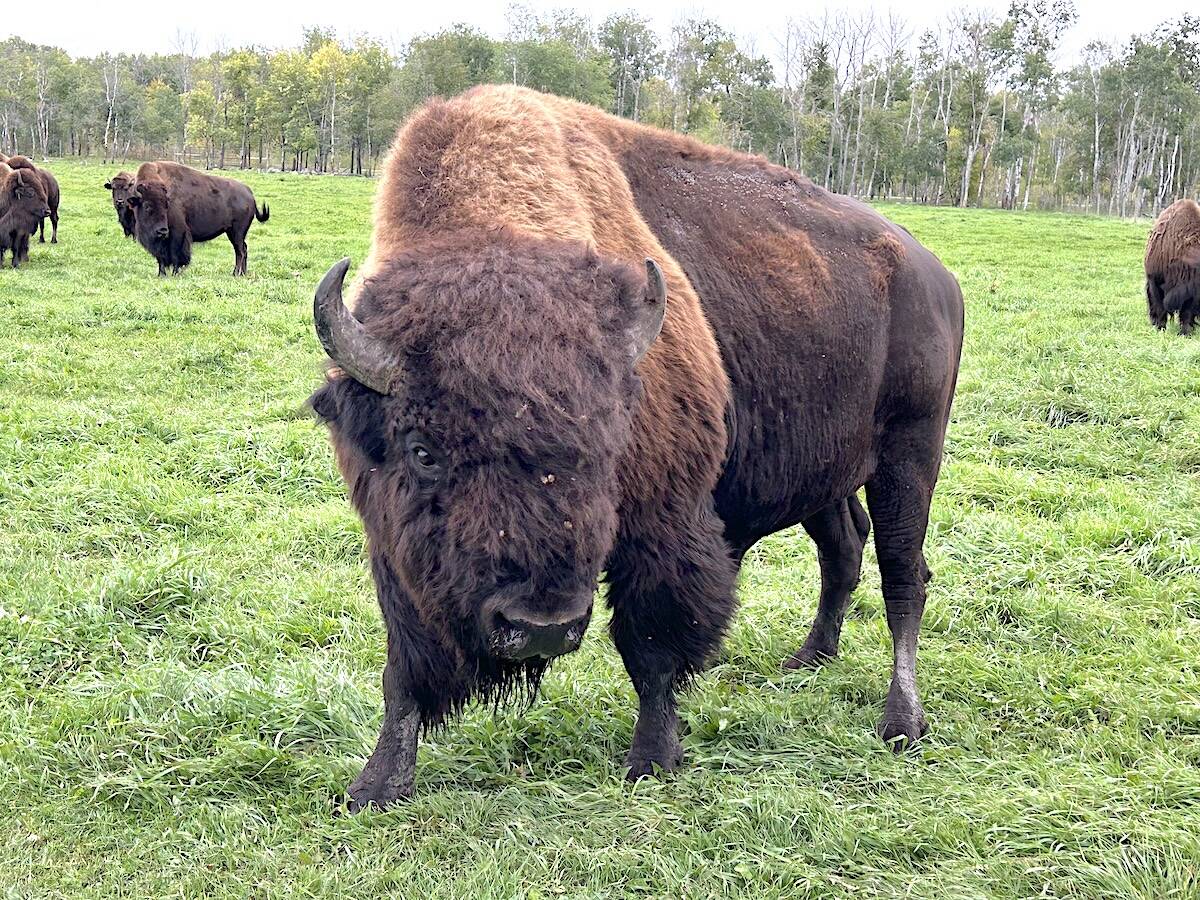
Canadian bison prices high, supply shrinks
Bison numbers are down amid increasing demand and record high market prices.
Southern Alberta break-even pen closeouts are around $265 per cwt. Feeding margins are hovering around $120-$140 per head, which is the main factor supporting the feeder market at the current levels.
As well, Ontario feedlot operators have been very aggressive despite adverse weather. Markets in eastern Saskatchewan were premium to Alberta in some cases.
South of Edmonton, larger frame mixed steers weighing 903 pounds on barley and silage ration with full processing records sold for $370.
At the Ste Rose Auction in Manitoba, medium to larger frame black heifers averaging 881 lb. reportedly moved at $330.
In central Saskatchewan, medium to larger frame Angus based steers on backgrounding ration averaging 842 lb. reportedly traded at $376.
North of Calgary, large frame Charolais heifers evaluated at 850 lb. were valued at $338.
At the sale in Westlock, Alta., a small package of mixed, medium frame steers weighing 755 lb. sold for $403.
Southeast of Edmonton, black wide frame Limousin steers carrying medium to lighter flesh levels with a mean weight of 700 lb. were valued at $440. In the same region, red Simmental blended heifers averaging a shade less than 700 lb. were last bid at $398.
In central Alberta, red weaned steers averaging 640 lb. silenced the crowd at $475.
In southwestern Manitoba, black Angus light fleshed steers weighing a hair less than 600 lb. notched the board at $480.
Northwest of Winnipeg, a smaller package of Charolais heifers evaluated at 623 lb. traded for $418.
The Prince Albert, Sask., market report had black steers weighing 608 lb. trading for $491.
In central Alberta, mixed run-of-the-mill steers weighing 528 lb. traded for $542. South of Calgary, Gelbvieh mixed short-weaned steers averaging slightly more than 500 lb. were valued at $550.
In central Alberta, black Angus weaned heifers on a hay diet with full processing records charted course at $459. At the Lloydminster sale, a small string of black steers weighing 473 lb. reached up to $569.
Trade tensions
The view on U.S. tariffs and Canadian retaliatory measures are mixed among feedlot operators.
Some western Canadian cattle feeders are shipping cattle into U.S. custom feedlots due to the tariff uncertainty in early March. Some larger feedlot operators in Alberta are carrying on with business as normal with no fears.
The U.S. Department of Agriculture increased its third and fourth quarter beef production estimates on the February World Agriculture Supply and Demand Estimates report. This was largely due to last week’s announcement that the U.S. will resume imports of Mexican feeder cattle.
U.S. third quarter production was increased to 6.645 billion pounds, up nearly 200 million lb. from the January forecast. U.S. fourth quarter production was estimated at 6.610 billion lb., up 550 million lb. from the forecast a month earlier.
At this stage, the USDA appears to be counting on normal cattle trade between the U.S., Canada and Mexico.
Earlier in January, steers weighing 1,000 lb. off grass for August 2025 delivery were trading at $360. The higher beef production forecast may take the steam off the market for late summer and early fall delivery periods.
Cattle on feed for 120 days or longer in Alberta and Saskatchewan as of Feb. 1, 2025, was 187,917 head, down 96,515 head, of 34 per cent, from the February 1, 2024, number of 284,432 head.
Dressed weights in Alberta are sharply below year-ago levels.
We may see the Alberta fed market divorce from U.S. values. We’re looking for the Alberta fed cattle basis to strengthen through March and April as market-ready fed cattle numbers continue to tighten. This should be supportive for the western Canadian feeder market.
We continue to have a bullish outlook on feed barley. Larger feedlot operators have covered a large portion of their corn and barley requirements, so the risk of higher feedgrain prices may be somewhat subdued for the feeder market.
In conclusion, we’re looking for the feeder market to consolidate at higher levels over the next month. This outlook is barring any implementation of U.S. tariffs.
If the U.S. imposes tariffs on Canadian or Mexican cattle or Canadian beef, there will be a supply shock in the U.S., causing massive food inflation.





